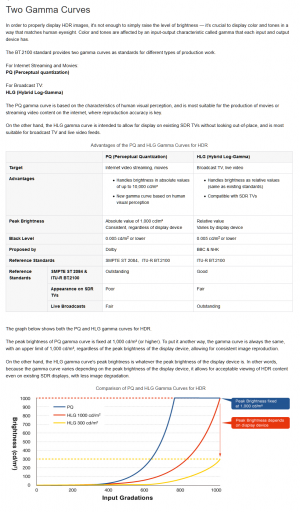How in the world DIDN'T they expect a massive interest for gaming? They are the only sub 50" OLED with 120Hz and VRR available and even marketed it as such?!According to LGD, the cause is the OLED Panel not the OLED TV set. Gamma for OLED is optimized and fixed for 120Hz by establishing a fixed charging time for OLED sub-pixels. VRR is used when the frame rate is less than 120 Hz. When the OLED TV uses framerates less than 120Hz, the gamma curve is inconsistent with the frame rate. For example, a 40Hz frame rate is longer than 120Hz frame rate. Therefore, the lower frame rates results in sub pixels that are overcharged, causing flickering of dark gray images, which is noticeable for dark images rather than bright ones, because human eyes are more sensitive to low gray colors. LGD will likely solve this problem establishing multiple gamma curves optimized for lower frame rates.
https://www.oled-a.org/lgersquos-48rdquo-oled-attracting-game-monitor-buyers_9620.html
They're basically the only ones officially implementing HDMI 2.1 with all marquee features relevant to gaming, lol..
![[H]ard|Forum](/styles/hardforum/xenforo/logo_dark.png)



